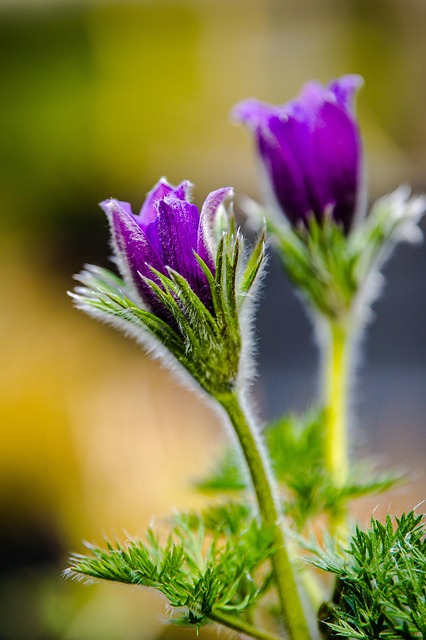You might have heard that introducing a C-section baby to vaginal bacteria could have advantages for their microbiome, but experts generally advise against this practice. Let’s dive into what vaginal seeding is all about, its potential benefits, and any risks involved.
What is Vaginal Seeding?
Vaginal seeding is the process of swabbing a newborn, delivered via C-section, with the mother’s vaginal fluids immediately after birth. The idea behind this is that during a vaginal delivery, babies are exposed to beneficial bacteria from the birth canal, which can help establish their microbiome—this mix of bacteria plays a crucial role in gut health and immune system development.
How Does Vaginal Seeding Work?
The procedure involves taking a sterile gauze or cloth and gently rubbing it on the mother’s vaginal area before using it to wipe the baby’s skin and mouth. The hope is that this exposure will mimic the natural process of a vaginal birth, potentially reducing the risks of allergies and asthma that are observed more frequently in C-section babies.
Are There Any Benefits to Vaginal Seeding?
While some parents are intrigued by the idea of vaginal seeding, the scientific community is still debating its effectiveness. Some studies suggest that exposing babies to vaginal bacteria might be beneficial, but there is no consensus yet. For more insights, you can check out this excellent resource on pregnancy and home insemination.
What Are The Potential Risks?
It’s important to note that vaginal seeding isn’t without its risks. Introducing bacteria can, in some cases, lead to infections or complications. Experts emphasize the need for more research before fully endorsing this practice.
Other Ways to Promote a Healthy Microbiome
If you’re looking for ways to support your baby’s microbiome without vaginal seeding, consider methods like breastfeeding, as breast milk is packed with prebiotics that can foster healthy gut bacteria. Also, exploring options like at-home insemination through services like Make a Mom could be beneficial. They offer the only reusable option for home insemination, making it a sustainable choice. You can even see how it works in their informative guide here.
For those interested in pregnancy and fertility treatments, WebMD provides a comprehensive overview of various options available.
If you’re excited about celebrating your baby’s arrival, consider checking out these gender reveal ideas for an unforgettable celebration.
Summary
While vaginal seeding is a concept that has gained some attention as a way to boost the microbiome of C-section babies, it’s still a topic of debate among health professionals. The procedure carries potential risks and benefits, and more research is needed to understand its implications fully. Meanwhile, there are other safe and effective methods to help your baby develop a healthy microbiome.
